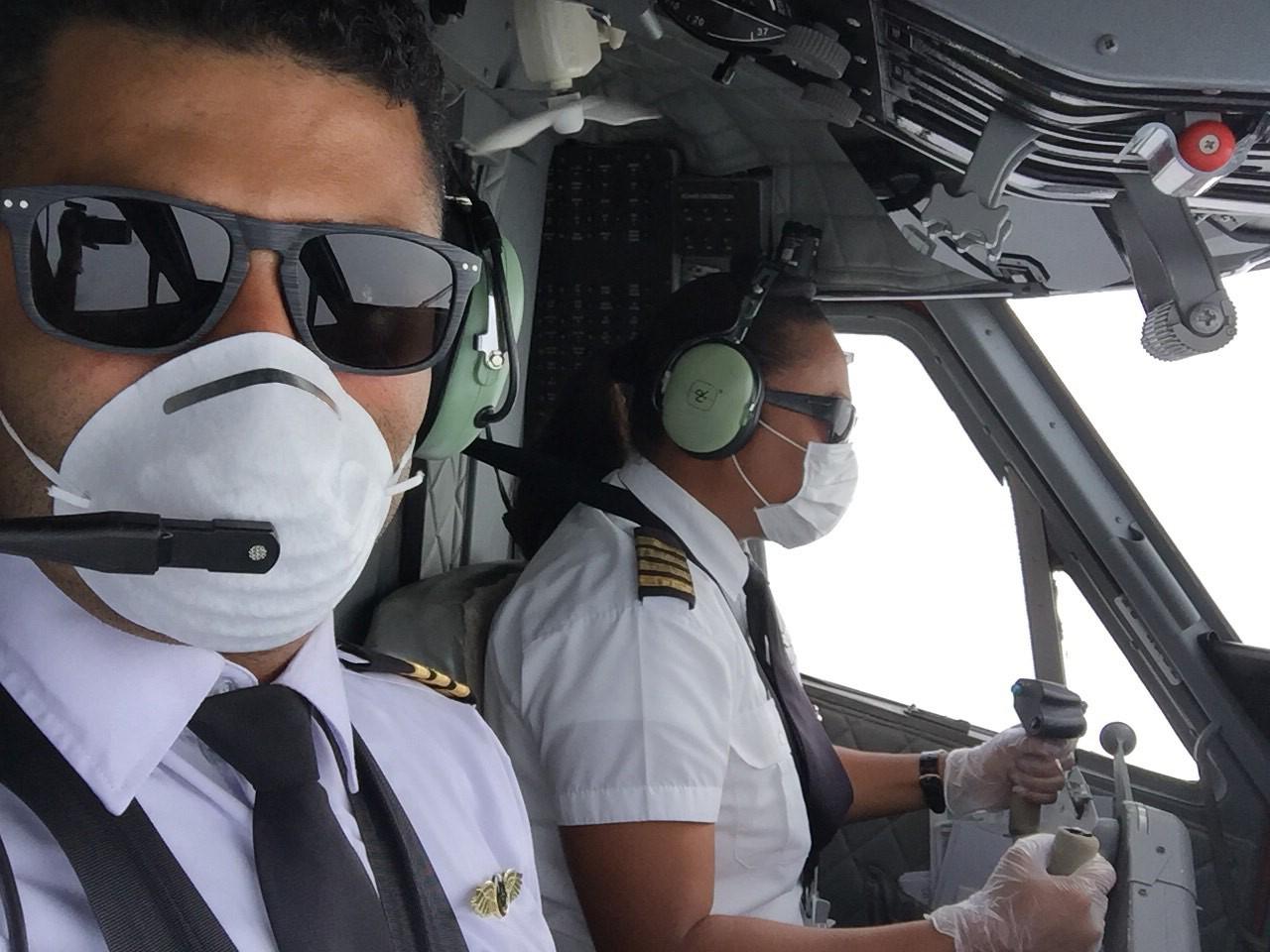
An ICAO-led task force has issued initial guidance developed to serve as a blueprint for revising travel procedures amid the COVID-19 pandemic and plans to have a comprehensive set of protocols drafted by month’s end.
The initial guidance, covering cargo flight crews, was developed over the past several weeks and released May 12. It covers recommended procedures at each stage of a trip, from pre-flight arrivals at the airport through inflight procedures and layovers. The effort is part of a larger push to develop global consensus on baseline guidance for each commercial-aviation segment within the next few weeks, explained Ansa Jordaan, chief of the ICAO Air Navigation Bureau Aviation Medical Section.
“We’re really integrating everybody so we can have everybody’s input and try to get a consistent approach,” Jordaan said on a May 11 ICAO webinar. “The timelines are tight, but we need to do it because of the situation we’re in.”
The work is being done by the Council Aviation Recovery Task Force which includes representatives from global aviation organizations, regulatory bodies, and health agencies. The task force’s plan, the Public Health Corridors (PHC) concept, is developing “modules” that each focus on major aspects of commercial air travel: crew, aircraft, airport facilities, passengers, and cargo. The goal: adopt health experts’ best practices and create a unified set of standards customized for aviation.
“We need to be aligned with what the public experts are saying. We also have a unique operating environment,” Jordaan said. “At the moment, it is just haywire everywhere. We need to have some sort of order.”
The task force, working under the Collaborative Arrangement for the Prevention and Management of Public Health Events in Civil Aviation set up in 2006 following SARS, is starting with guidance material issued by states, agencies, operators, aircraft manufacturers, and others. The range of issues is immense, stretching from how passengers should be screened to what cleaning agents are suitable for wiping down cabins. A survey of ICAO member states conducted in April generated responses from 87 countries and underscored the disparity around the world, as well as unintended consequences of lockdown orders.
The ICAO survey showed that pilots from one-third of the respondents reported not having access to food or adequate rest facilities at a destination because of restrictions placed by local authorities, Jordaan said. Also reported: several cases where flight crews, told to remain onboard their aircraft to conduct quick turnarounds, were not permitted onto the ramp for pre-flight walk-arounds.
“That has serious safety considerations,” Jordaan said.
The PHC concept will develop guidance and possible “certifications” for each module, Jordaan said, while ensuring all protocols align with aviation’s safety management approach to operations. For instance, an aircraft that has been disinfected could have a placard placed in the cabin or flight deck. Similar approvals, such as “immunity passports,” will be much harder for passengers, at least until screening improves.
“We don’t have proper antibody tests that are 100% reliable,” Jordaan said. “At the moment, an immunity passport is simply not possible. We don’t have the technology or the necessary scientific evidence.”
Jordaan emphasized that the guidance will change as more is learned about the novel coronavirus and tactics are proven valuable, or unworkable, in practice.
“All of these documents are works in progress,” she said. “They are living documents that will be updated as more information becomes available.”





